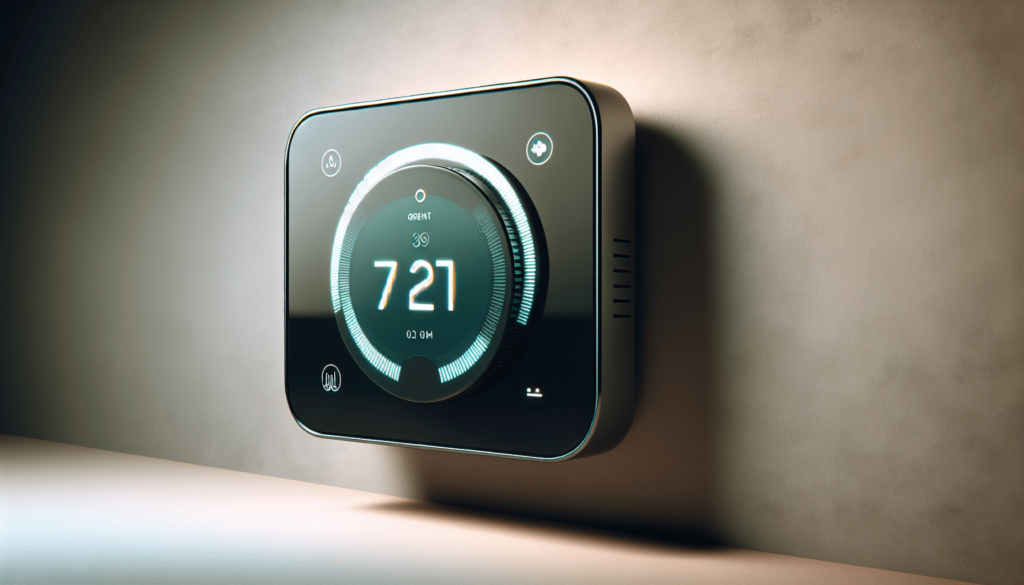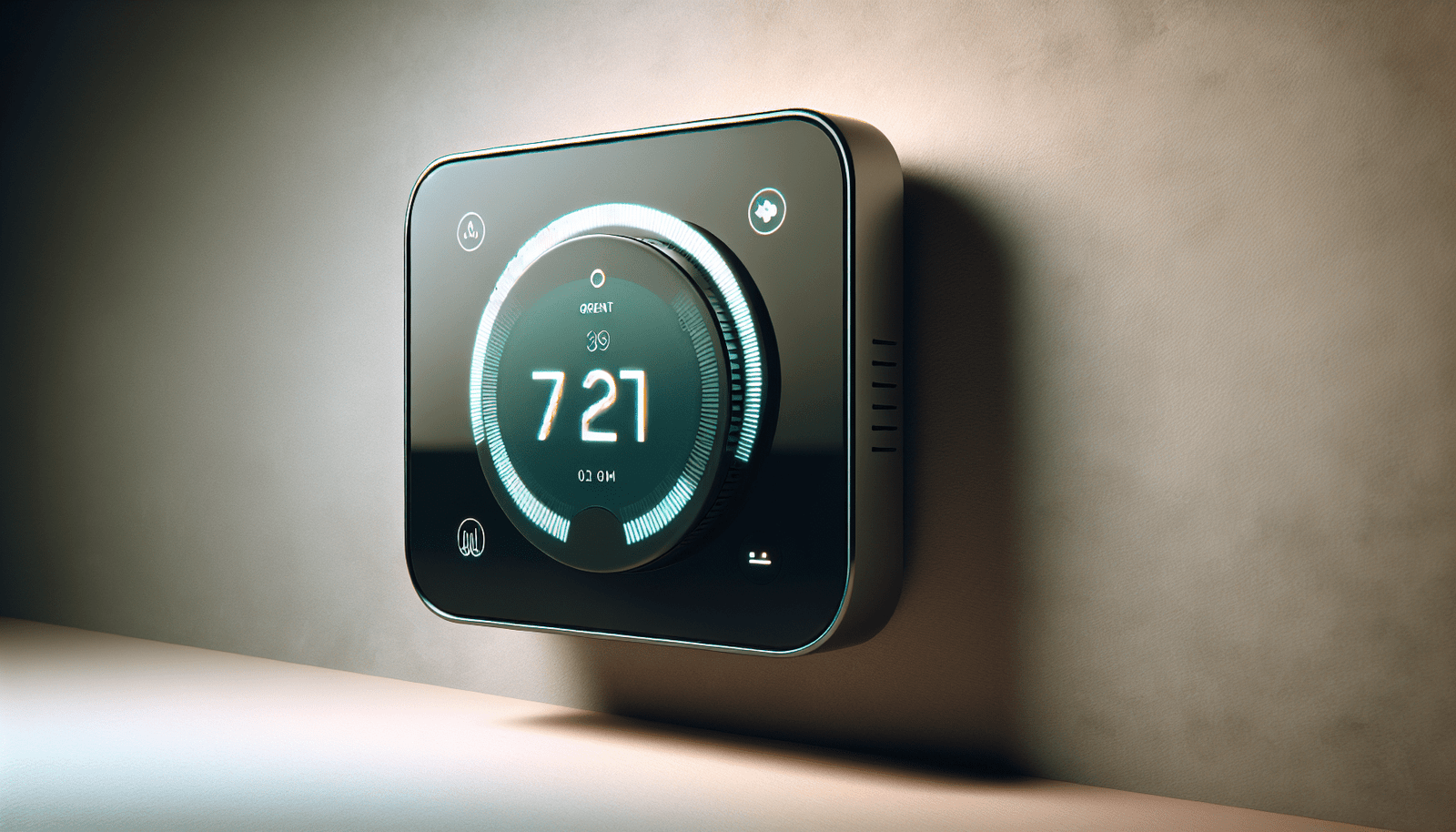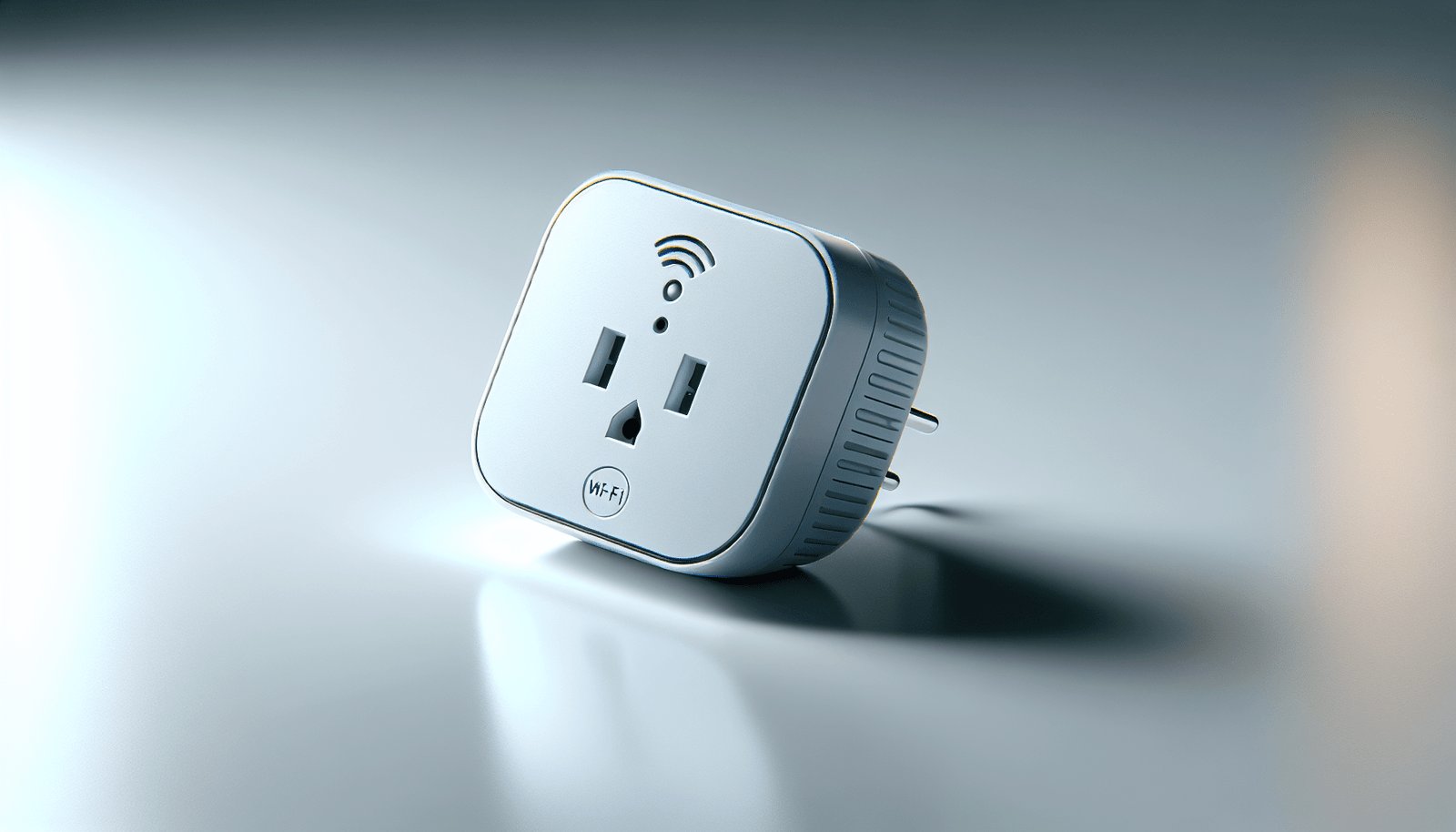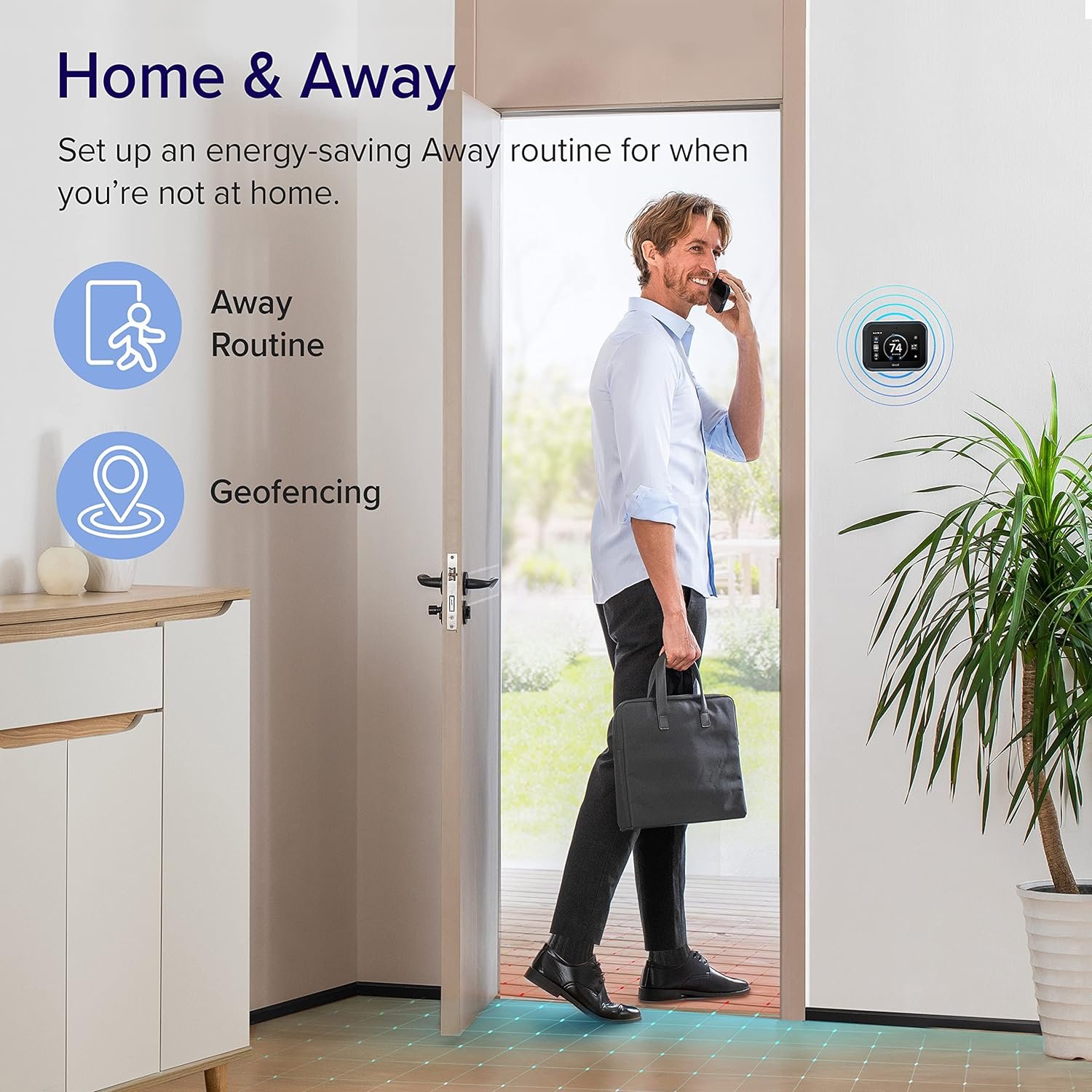Are you considering ways to manage your home’s energy bills while enhancing comfort? With technological innovation transforming residential living spaces, smart thermostats stand out as a significant advancement for modern homeowners. They not only regulate temperature but also have the potential to contribute positively to energy efficiency. This article delves into budget-friendly smart thermostats that can help you achieve economical energy consumption without compromising convenience.
Understanding How Smart Thermostats Work
Before exploring the range of smart thermostats available, it is critical to understand their basic operating mechanism. Smart thermostats enable enhanced control over your home’s heating and cooling systems through smart technology integration. Unlike traditional thermostats, they can connect to Wi-Fi, allowing users to adjust home temperatures remotely via smartphones or other smart devices.
The Technology Behind Smart Thermostats
At their core, smart thermostats utilize sensors and software algorithms to manage your home’s climate effectively. They collect data about your daily habits and preferences, efficiently adjusting the temperature when you’re home, asleep, or away. This level of automation contributes significantly to energy savings over time. Some models even incorporate features such as machine learning, enabling them to predict and adapt to your routine automatically.
Key Benefits of Smart Thermostats
Smart thermostats bring various advantages that align with cost-conscious strategies for home management. By fine-tuning temperature control, these devices minimize wasted energy, potentially lowering your monthly utility bills. Their ability to learn and adapt to your schedule further enhances savings and ease of use. Additionally, many smart thermostats provide energy usage reports, offering transparency into your consumption patterns and helping identify areas for increased efficiency.
Comparing Smart Thermostats: Price and Features
Choosing the right smart thermostat involves balancing multiple considerations, including budget constraints, features, and compatibility with your home. To assist in this decision, the following section compares some of the top budget-friendly smart thermostats available in the market today.
Budget-Friendly Options
-
Google Nest Thermostat (2020 Model)
- Price Range: $129 – $149
- Key Features: Remote control via the Google Home app, energy-saving suggestions, HVAC monitoring.
- Advantages: User-friendly interface and seamless integration with Google Home.
-
Wyze Thermostat
- Price Range: $60 – $80
- Key Features: Scheduling, learning capabilities, energy-saving features.
- Advantages: Competitive price with solid functionality and easy setup.
-
Emerson Sensi Wi-Fi Smart Thermostat (ST55)
- Price Range: $100 – $130
- Key Features: Integrates with Alexa, Google Assistant, energy-saving mode.
- Advantages: Simple installation and compatibility with a wide range of systems.
Energy Efficiency and Cost Savings
A crucial consideration when selecting a smart thermostat is its ability to enhance energy efficiency. The above models not only fit within budgetary limits but also strive to save energy. Features like scheduling, geofencing, and remote control allow for precise management that aligns with your routine, maximizing efficiency.
Considering Rebates and Incentives
Many utility companies offer rebates or discounts to customers installing smart thermostats, encouraging energy-saving practices. It’s advisable to consult your energy provider to determine available incentives, as they can significantly offset initial costs.

Features and Functionality Explained
Smart thermostats differ vastly in terms of technical specifications and functionalities. Understanding these features empowers you to select a model that aligns well with your lifestyle and technology ecosystem.
AI Learning and Adaptability
Some of the more advanced smart thermostats are equipped with artificial intelligence that allows them to learn your schedule and preferences over time. This adaptability ensures your home is always at the perfect temperature, ultimately saving energy by reducing unnecessary heating or cooling.
Geofencing Technology
Geofencing is a feature that enables your thermostat to detect when you’re approaching home by tracking your smartphone’s location. It then adjusts the temperature accordingly, providing comfort when you arrive while conserving energy when you’re away. This technology is particularly beneficial for individuals with unpredictable schedules.
Integration with Voice Assistants
For those keen on hands-free control, integration with voice assistants such as Amazon Alexa or Google Assistant is an excellent feature. This allows you to control your thermostat using simple voice commands, integrating seamlessly into your smart home ecosystem.
Multi-zone Control
If your home has multiple HVAC zones, a smart thermostat capable of multi-zone control can individually manage temperatures in each area. This ensures that unoccupied spaces do not consume unnecessary energy, optimizing overall efficiency.
Installation, Troubleshooting, and Compatibility
Transitioning to a smart thermostat can initially seem daunting, particularly when considering installation and compatibility. However, with a few initial steps, even DIY enthusiasts can streamline this process.
Installation Guide
Most smart thermostats come with detailed installation manuals, and many models are specifically designed to be user-friendly with minimal tools required. Here is a general step-by-step guide:
- Power Off Your HVAC System – Ensure safety by turning off power at the circuit breaker.
- Remove Existing Thermostat – Label the wires for easy reconnection.
- Install the New Thermostat Base – Securely attach and connect the wires according to the instructions.
- Mount the New Thermostat – Fit the thermostat onto the base and power the system back on.
Troubleshooting Common Issues
Even with straightforward installation, issues can occasionally arise. Here are some common problems and solutions:
- Wi-Fi Connectivity Issues: Ensure your Wi-Fi network is reliable and that the thermostat is within range. Reconnecting the device or restarting your router can often resolve connectivity issues.
- Incorrect Temperature Readings: Recalibration might be required. Check if the thermostat is in direct sunlight or a draft, as these factors can affect accuracy.
Compatibility Considerations
Before purchasing a smart thermostat, confirm that it is compatible with your HVAC system. Many manufacturer websites offer compatibility checkers where you can input your current system details to determine suitability.

Evaluating Potential Drawbacks
While smart thermostats offer various advantages, it’s essential to consider potential drawbacks to make an informed decision.
Initial Costs
The upfront cost of replacing traditional thermostats can be higher, even with budget models. However, the long-term savings from reduced energy bills often outweigh this initial investment, particularly when rebates are available.
Privacy Concerns
Some users may have privacy concerns related to data collection and how it is utilized. It’s important to understand the privacy policies of thermostat manufacturers and how they handle user data.
Maintenance and Updates
Smart thermostats may require occasional software updates or maintenance. While infrequent, being prepared to manage these tech-related tasks is prudent.
Determining if a Smart Thermostat is Right for Your Home
With a solid grasp of the various aspects of smart thermostats, you may now wonder if they are suitable for your specific circumstances.
If you are a tech-savvy individual looking for a convenient way to manage your home environment while reducing energy bills, a smart thermostat is a worthy consideration. On the other hand, if you are hesitant about the initial cost or uneasy about constant connectivity, weigh these factors before making a decision.
Assessing your lifestyle needs, energy-saving goals, and budget will direct you toward choosing an option that best fits your requirements, ensuring satisfaction and a smarter home ecosystem. By choosing wisely, you align yourself with a movement towards greater energy efficiency and sustainability.
Disclosure: As an Amazon Associate, I earn from qualifying purchases.






